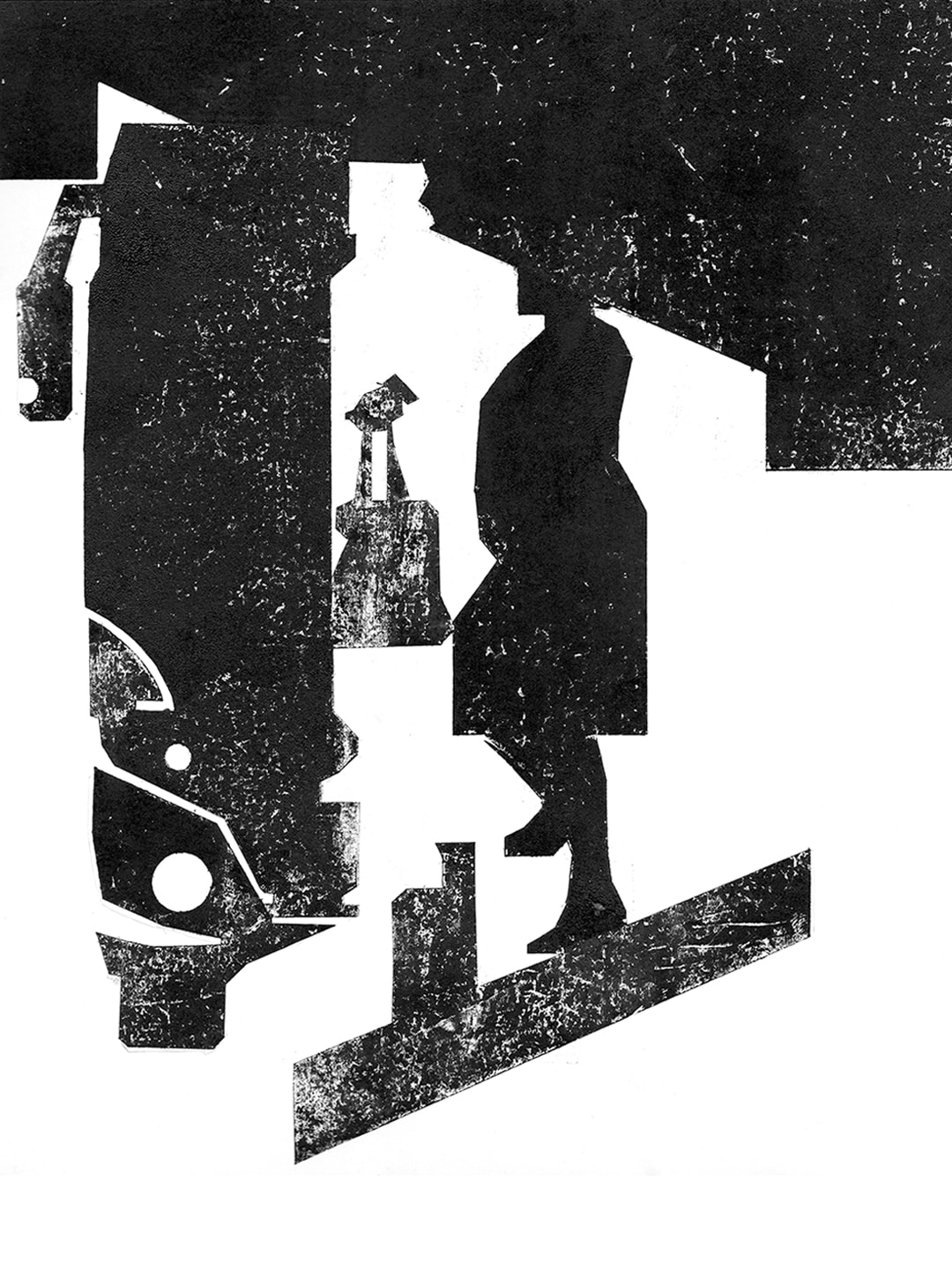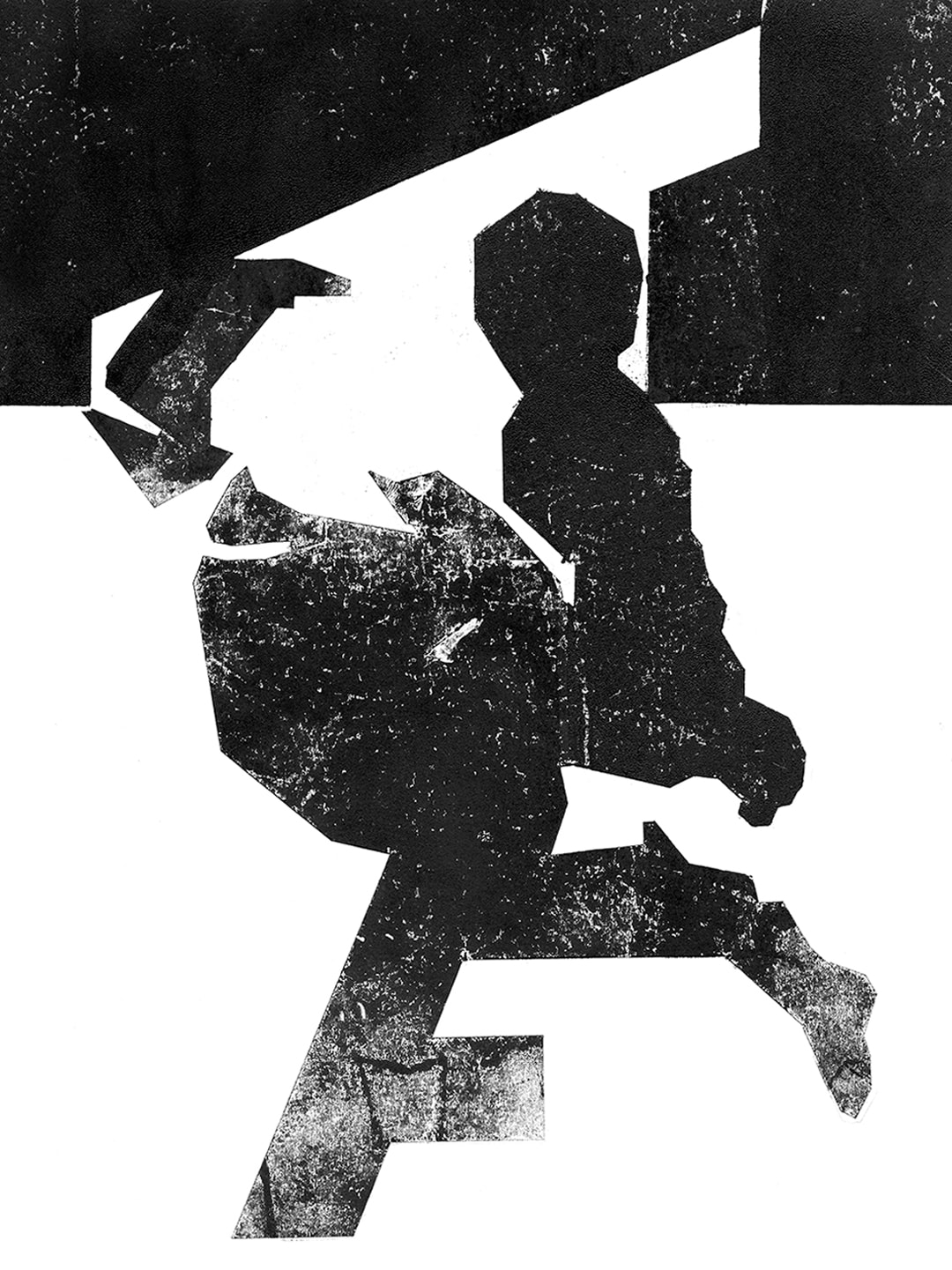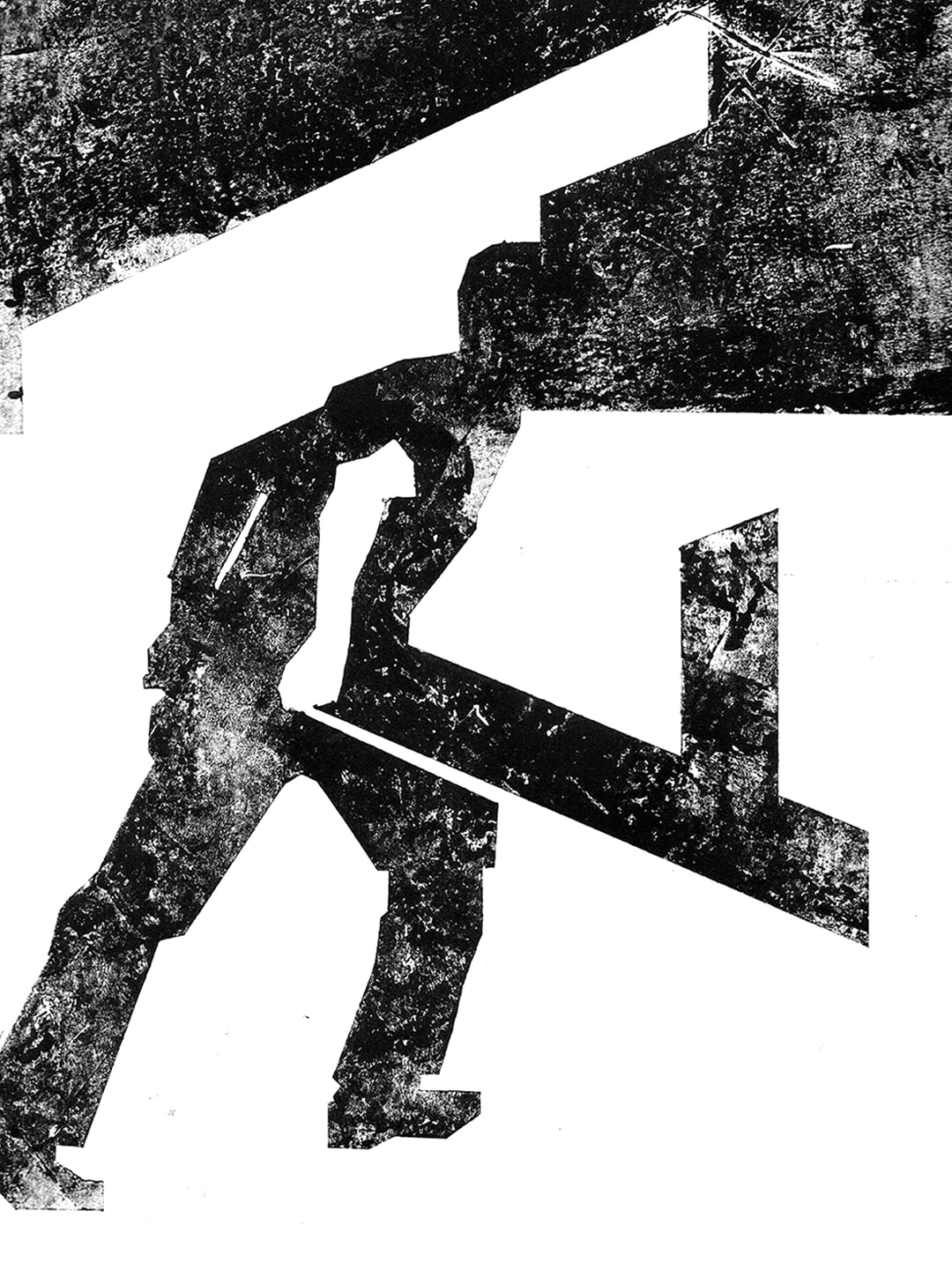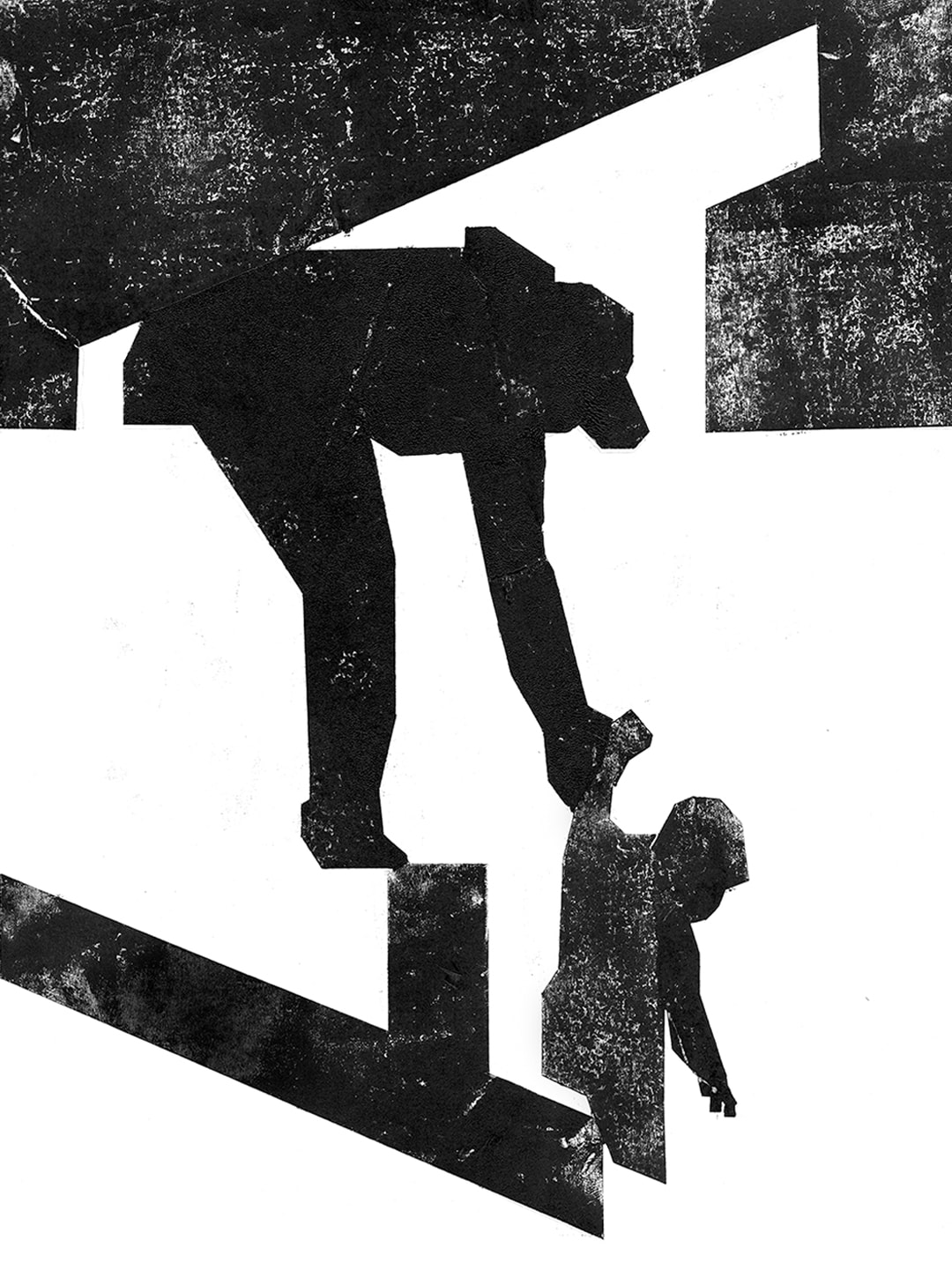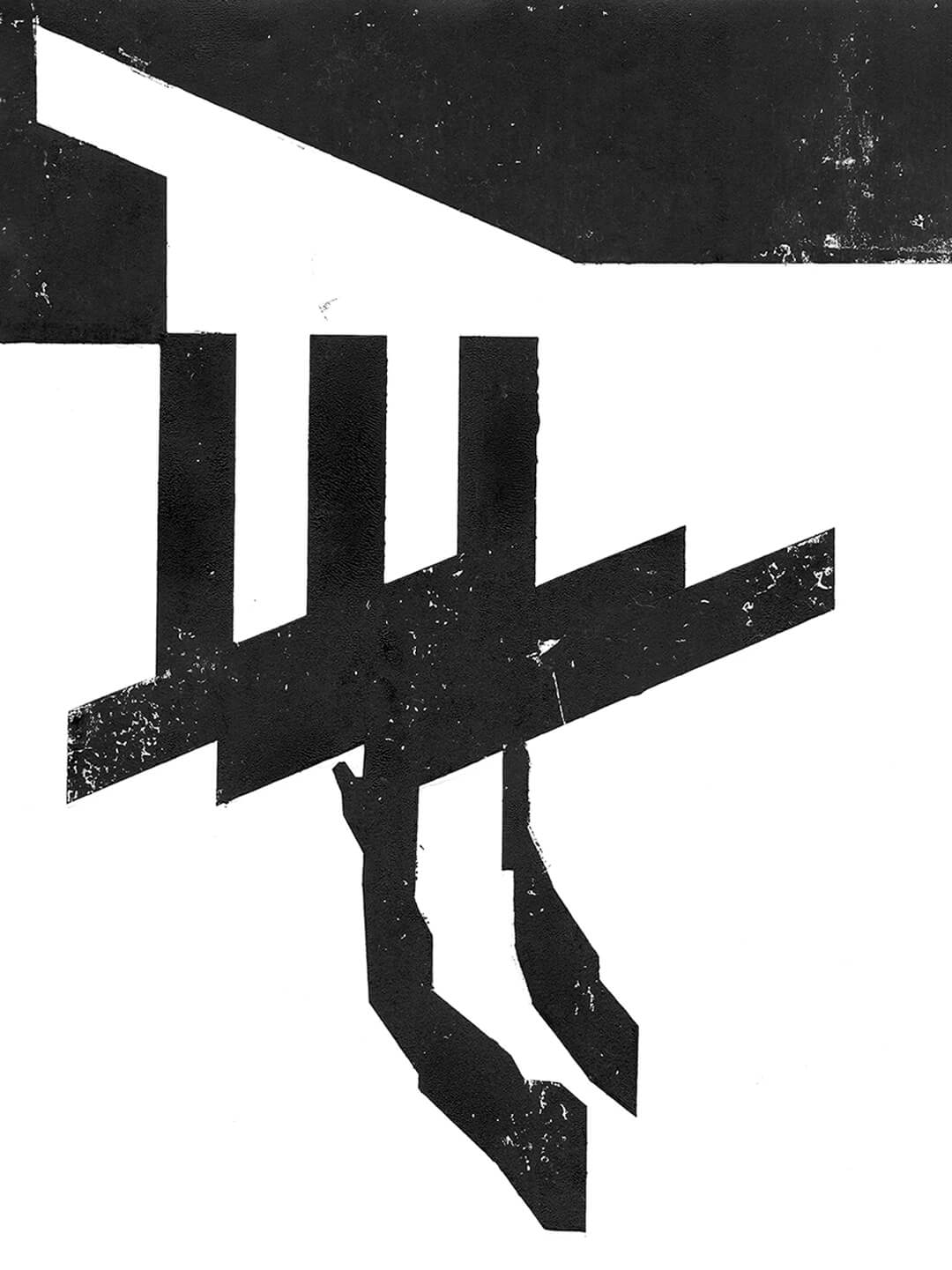|
Six Frames
While the six frames of the curriculum both overlap and omit, each frame points to a particular arrangement of political and economic power, everyday practices and spatial typologies. In each frame, we place different geographies side by side, connect processes ranging from harbouring to off-shoring, and explore relations between apparently dissimilar architectures. Ours is a vocabulary of hostels, homes, suburbs, ghettos, villages, gated communities, camps, prisons and the parks; a plethora of intimate and world orders in which ‘race’ and space coalesce. |
|
Centralising
The design of centrality – of city centres, public squares, museums, neighbourhood precincts and tourist zones – is invested in the question of value; what matters and by extension, who matters. Constitutions of ‘authenticity’ are rendered in the ethos and aesthetics of centralising and its modalities of ‘whiteness’, as well as spatial forms of ethno-nationalisms. |
Circulating
Moving or having to be on the move speaks to the immense efforts and ingenuities required to undertake a journey and the heightening of borders that hinder these flows. In circulating, ‘race’ is destabilised and remade in markets, music halls and spiritual spaces, leading to new spatial displacements and solidarities. |
Domesticating
Domesticating occurs through the dispossession of and entitling to land. Through the control and disciplining of home and the gendering of labour, inequalities are secured in forms of suburbanising, compounding and ghettoising, and recomposed in the makeshift modes of squatting. |
|
Extracting
The stripping out of assets dislocates humanity, goods and responsibilities to an ‘elsewhere’, through the legal and material constitution of special zones such as mines, harbours and dumping sites. In this process, labour is also dislocated by being rendered less visible and without rights, increasingly apparent in new mutations of casualised economies. |
Immobilising
The structure, technologies and rhetorical performance of the state is central to illegalising and limiting the mobility of racialised and classed subjects. The extreme violation of rights proliferates in partitions and borders but is also evident in the banality of waiting rooms and processing of offices. |
Incarcerating
Incarcerating is the surveillance and punishment of racialised, ethnicised and religious ‘others’. Spatial typologies extend from detention camps to data capture technologies, to stop and search on street sidewalks. |


